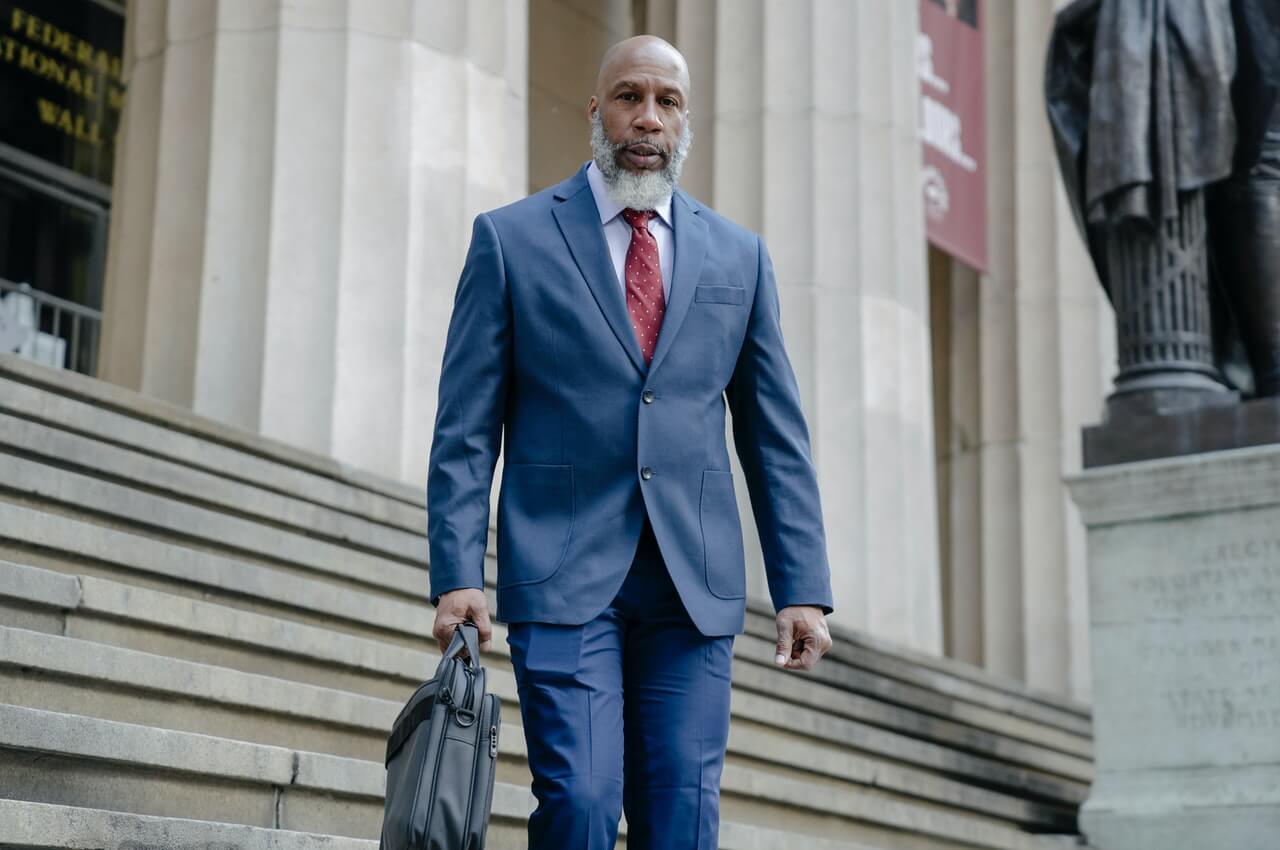My last two blogs focused on “acting” and “speaking,” and how those areas affected trainers. Trainers admittedly use both skills as well as organizational and facilitation skills, which could circle back to basic communication. Rather than go all the way back, I want to focus on another concept: teaching and teachers. Is it fair to compare training and teaching, and teachers and trainers?
To keep it simple, I’ve used a definition from MSN Encarta:
- Training is (1) acquiring of skill – the process of teaching or learning a skill or job, (2) improving of fitness – the process of improving fitness by exercise and diet.
- Teaching: (1) a teacher’s profession (2) something taught.
It seems training encompasses teaching; therefore, we, trainers, teach something. Does that mean we teachers also train? “Sure, sometimes,” we say. If we stick to our definition, teachers do not always teach a skill or a job, not specifically. So, we hesitate to say plainly, “Yes, we teach and we train.” Traditionally, it always seemed to me we trained a skill (specific) and taught an education (general). Is reading a skill? It’s called a skill. Accounting? Skill or knowledge? You need both. Entrepreneurship? Leadership? I can get really philosophical.
Do we train what we learned on the job and teach what we learned in school? And, the second definition on training, “improving of fitness” makes me think. Teachers improve the fitness of our minds… Contradictions abound based on perception and experience.
Okay, what’s similar? We both have classrooms and we may use interactive activities. Our end goals may be different. It may be obvious that teachers present more knowledge that may be waiting for our final adaptation of that knowledge further down the road in life. I saw a hand go up. “But… But…” Yes, trainers, consultants and coaches do that as well.
Maybe there is only a perceived difference based on the label that we put on what we do. In my home, I am a dad with my kids (my students), but sometimes I’m the judge, the facilitator or the referee. Come homework time or crisis time, I am the teacher. If I am showing my son how to operate a computer program or the lawnmower, or demonstrating to my daughter how to analyze a script and give her insight to help her act the part she has, is that more training than teaching? I think we are more apt to call it training if it is more specific—especially to a job, but we all teach.
How we teach, especially if what we give our students is interactive and given to them to learn by doing, we may want to call that training. But in teaching manuals, textbooks on learning—it is kinetic learning, just one of several ways people learn. Others learn better by listening or seeing rather than doing. If you are a trainer or a teacher, you know this. So, maybe, how-to is training. And, why is teaching. Maybe, it doesn’t matter. I hope I’ve given you something to thing about.
—
For more resources about training, see the Training library.
Training and teaching is who I am, and I hope I’m good at it. Whatever we call it, I’d rather do that than anything else–except maybe write. My best seller is The Cave Man Guide to Training and Development. One of these days, I hope to have a couple companion guides. Interested in the way humans behave and create, I publish Shaw’s Reality, where I post various commentaries on teaching, training, writing and publishing, and talk about reality from various points of view. Those who follow my blog attempt to read between the lines of film, theatre and novels, or anything that has a reality beneath the surface. Here you will also find clips and discussion about my YA science fiction/dystopian novel, In Makr’s Shadow, where I explore human nature, essentially what is beneath the obvious storyline. By the way, the novel is available from all major booksellers electronically.
I welcome your comments and discussion.













